The SwissLEGIO Project
Legionnaires’ disease/legionellosis is a severe form of pneumonia. The disease is notifiable to the Swiss Federal Office of Public Health. Over the past ten years, annual reported incidence rates of Legionnaires’ disease in Switzerland increased continuously. The reason for this increase and the main sources of infection remain unknown. Since 2015, our research group is investigating the trajectory from exposure to Legionella spp. to final and mandatory reporting of Legionnaires’ disease cases to the Swiss notification system for infectious diseases. So far, several studies investigating trends in disease notification rates, diagnostic testing behaviour, and physicians’ disease perception and treatment strategies were conducted. These studies informed the design of a prospective, national case-control study for which recruitment started in summer 2022.
National case-control and molecular source attribution study
In a prospective national case-control and molecular source attribution study, newly diagnosed Legionnaires’ disease patients and healthy control subjects are interviewed to investigate host, behavioural and environmental risk factors for community-acquired Legionnaires’ disease. The study also integrates a questionnaire-guided collection of environmental Legionella isolates and a subsequent comparison with clinical isolates using Whole Genome Sequencing. Direct comparison of sequence types between clinical and environmental Legionella strains is used to identify infection sources and to investigate the prevalence and virulence of different Legionella strains detected across Switzerland. The sequencing data is stored and shared on the Swiss Pathogen Surveillance Platform (https://spsp.ch). Finally, the study also investigates disease experiences and health-seeking behaviour, and long-term health and social impact of patients affected by Legionnaires’ disease (long-Legionnaires’ disease/long-LD).
The study is conducted in collaboration with multiple national Legionella experts from governmental and research bodies: the Federal Office of Public Health (FOPH), the National Reference Centre for Legionella (NRCL), the Federal Food Safety and Veterinary Office (FSVO), the University Hospital Basel, the University of Zurich and the “Legionella control in buildings” consortium led by Eawag (ETH Zurich).
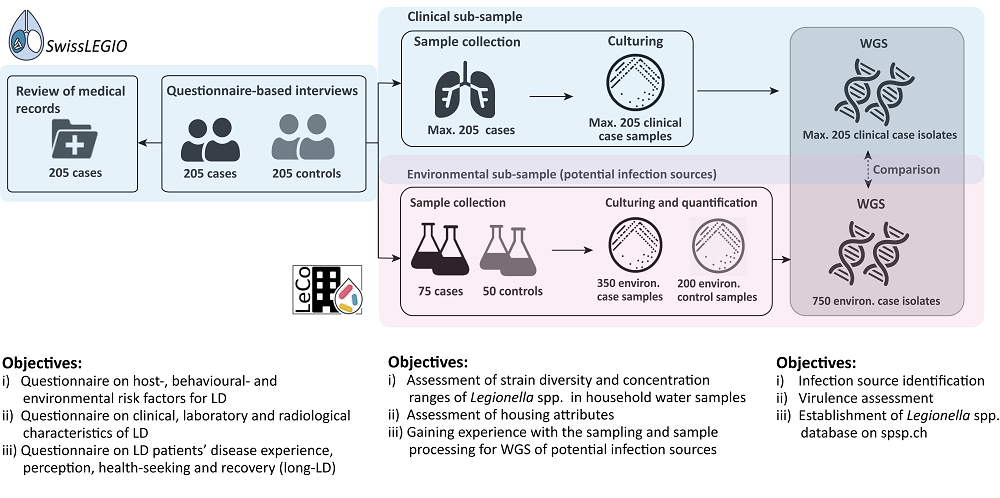
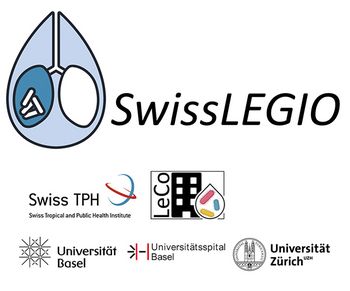
Interested in participating?
Study Information
Related Links
Previous Studies
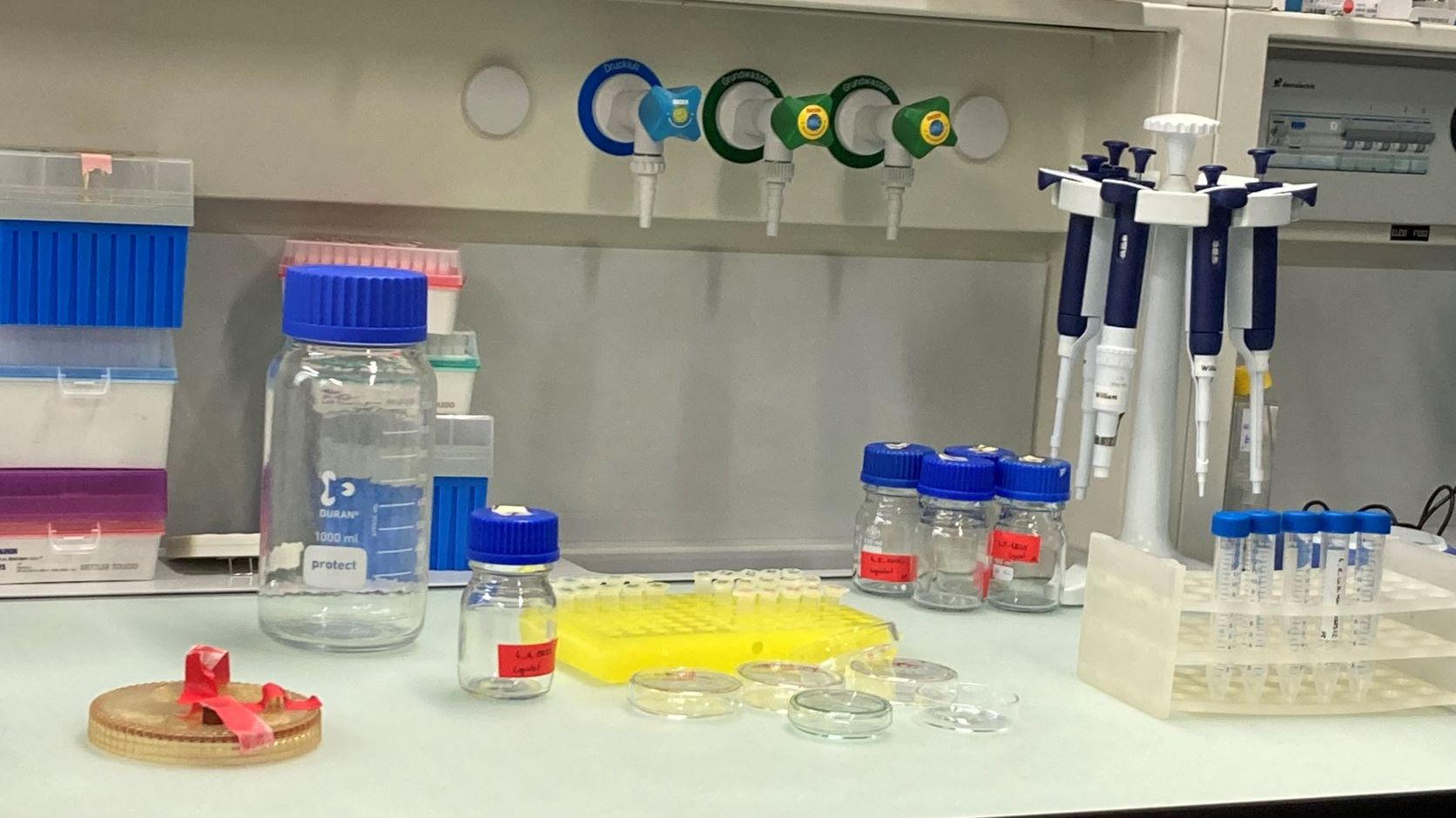
Contextualising the notification data with denominator data, we investigated the positivity rates (2007-2016), i.e. the proportion of positive Legionnaires’ disease cases to the number of diagnostic tests performed. The results show a strong increase in testing frequency while positivity rates remained stable. The cause for the increase in testing is unclear, and testing behaviour appears to vary across different Swiss regions.

In a qualitative study with physicians in Switzerland, they reported an overall high awareness for Legionnaires' disease, particularly in hospital-settings. There, the majority of patients are tested using rapid diagnostic tests. This is in line with current guidelines for the management of community acquired pneumonia. It is unclear whether the restrictions on testing at the primary health care level affect patient outcomes.
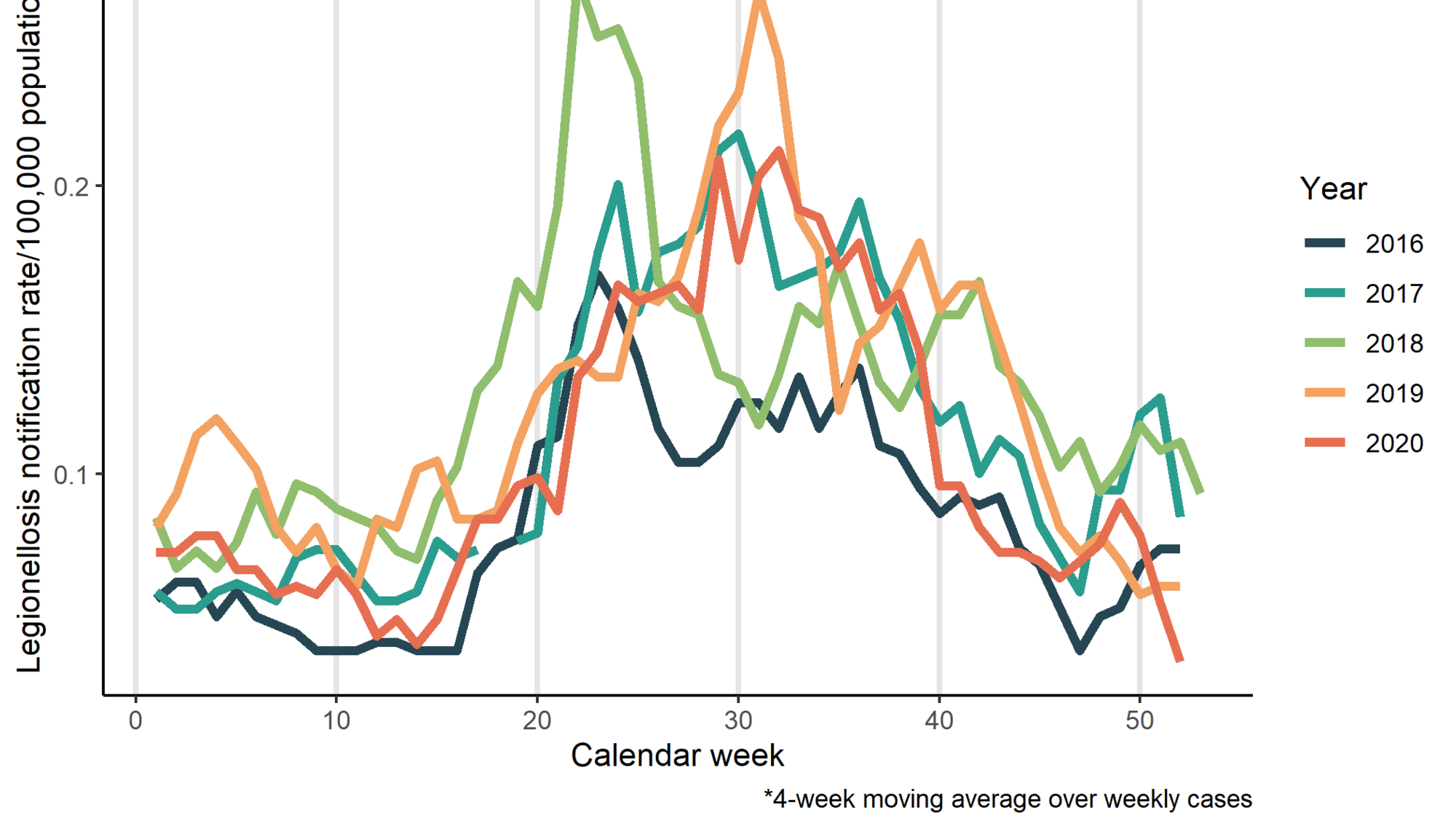
We analysed the overall temporal trend in Swiss Legionnaires’ disease notification numbers (2000-2020). The data showed a continuous upward trend of notification rates for Legionnaires’ disease that was interrupted in 2018. At the beginning of the COVID-19 pandemic in 2020, containment measures, such as travel restrictions and/or related behavioural changes, were associated with a temporary decline in cases of 35%.
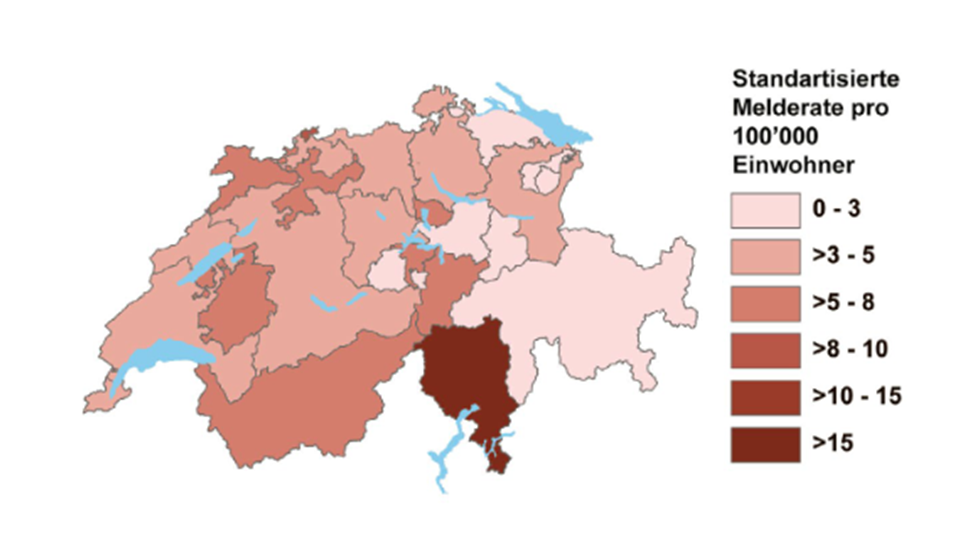
The GeoLEGIO project focuses on spatial analysis and correlations of notified Legionnaires' disease cases with exposures. High notification rates were observed in the canton of Ticino and the lowest notification rates in the Eastern part of Switzerland. To investigate the impact of meteorological events and air pollution, we are currently conducting an analysis that captures short-term and transient effects of these exposures.